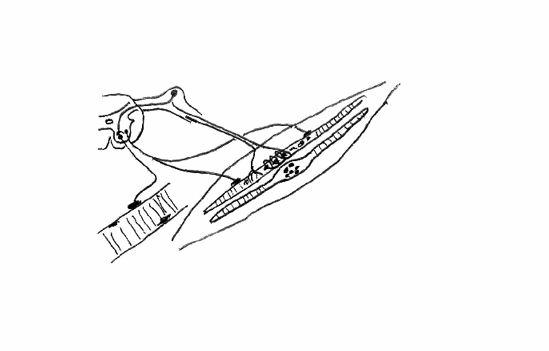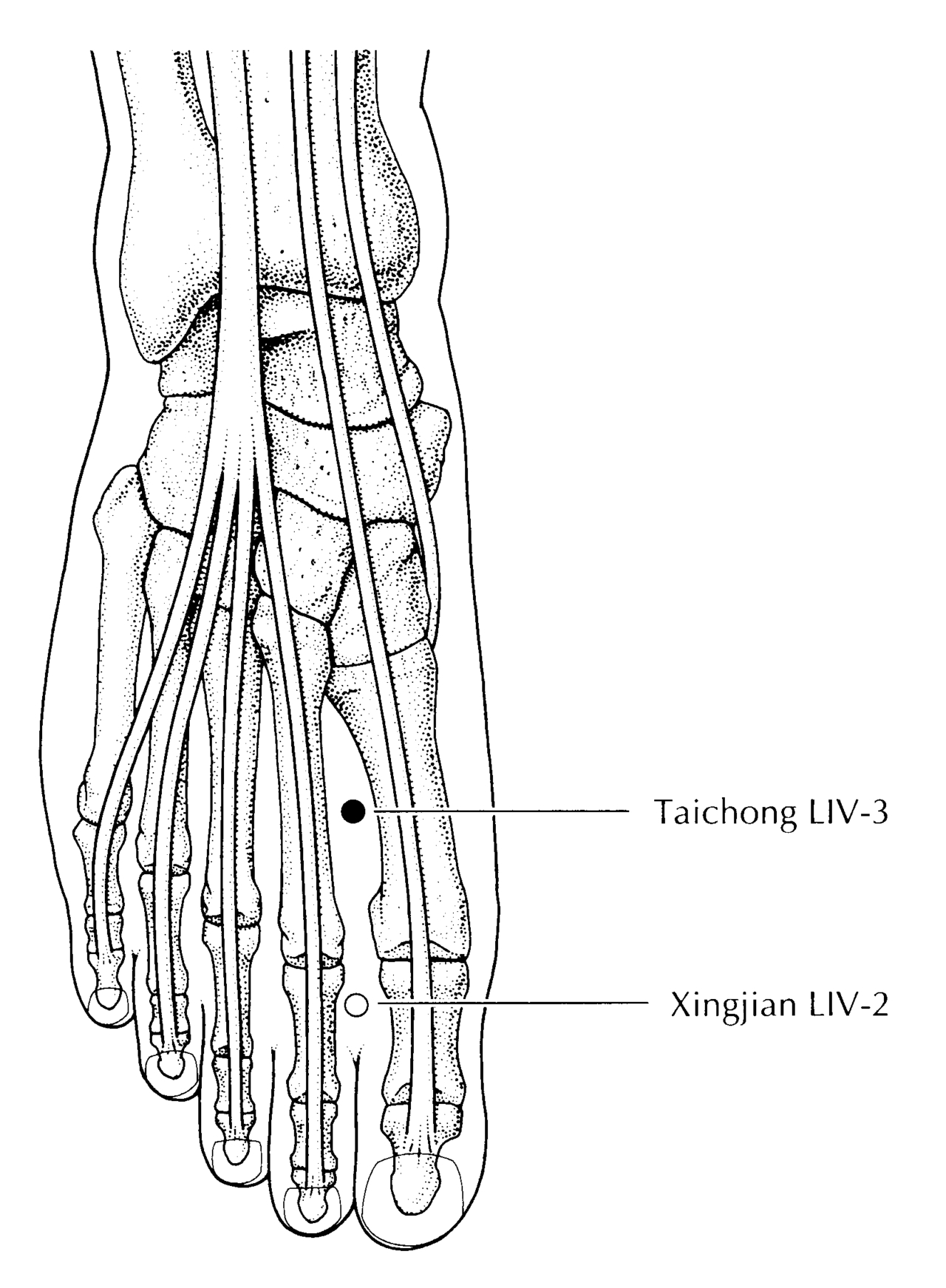Neurocognitive Control in Movement Perception and Control
You have read our blog posts on how much we respect and admire those that engage in complex motor tasks like gymnastics, martial arts, parqour, dance and others. The more complex the task the greater the rewards on several levels.
We found yet another article supporting multiple levels of sensory-motor advancement, in this article’s case, dance however it applies broadly across all complex motor tasks. We have also included another video with dub dancer Marquese Scott with this blog post. You may recall our prior writing with him,
link here where we talked briefly about “foot edge work”. The above video is another demo of Marquese doing what he does best, making complex motor tasks look simple.
Neurocognitive control in dance perception and performance.
Department of Sport Science, Bielefeld University, Germany. bettina.blaesing@uni-bielefeld.de
Abstract: Dance is a rich source of material for researchers interested in the integration of movement and cognition. The multiple aspects of embodied cognition involved in performing and perceiving dance have inspired scientists to use dance as a means for studying motor control, expertise, and action-perception links. The aim of this review is to present basic research on cognitive and neural processes implicated in the execution, expression, and observation of dance, and to bring into relief contemporary issues and open research questions.
__________________________________________
What The Gait Guys have to say:
The abstract review above addresses six issues they discovered and investigated in dancers:
1) dancers’ exemplary motor control, in terms of postural control, equilibrium maintenance, and stabilization;
2) how dancers’ timing and on-line synchronization are influenced by attention demands and motor experience;
3) the critical roles played by sequence learning and memory;
4) how dancers make strategic use of visual and motor imagery;
5) the insights into the neural coupling between action and perception yielded through exploration of the brain architecture mediating dance observation; and
6) a neuroesthetics perspective that sheds new light on the way audiences perceive and evaluate dance expression.
As you have read from some of our previous blog articles, we have some experience in dance. We do this to make sure we are always pressing the edge of human sensorymotor development and learning. Dance has been one of the most complex body movement endeavors we have undertaken, more difficult than many of the complex movements in various sports. This is why we never have a problem recommending dance, gymnastics and pilates to our young patient’s parents who want their children to excel in any given sport. Fast, precise, assured and efficient foot work will take one far in athletics. It is why in basketball they talk so much about the importance of the first step off a dribble when confronting an opponent. The first step, when fast, precise, assured and efficient, will leave one’s opponent stunned and motionless as their savvy opponent effortlessly passes them by. Nothing teaches these foot skills better than dance in our experience. Just as Marquese displays above, mastering complex footwork leads to advanced body movement possibilities. And possibilities in sport are what separate the great from the good. The 6 points discussed above namely exemplary motor control, in terms of postural control, equilibrium maintenance, and stabilization, timing, on-line synchronization, sequencing of learning and memory, the advantages of strategic use of visual and motor imagery, the insights into the neural coupling between action and perception are all major advantages to the athlete who can put them into play at a higher level. And the more complex cross training of tasks that occurs, the greater likelihood that these issues are what will allow the cream to rise to the top in sport.
The Gait Guys























